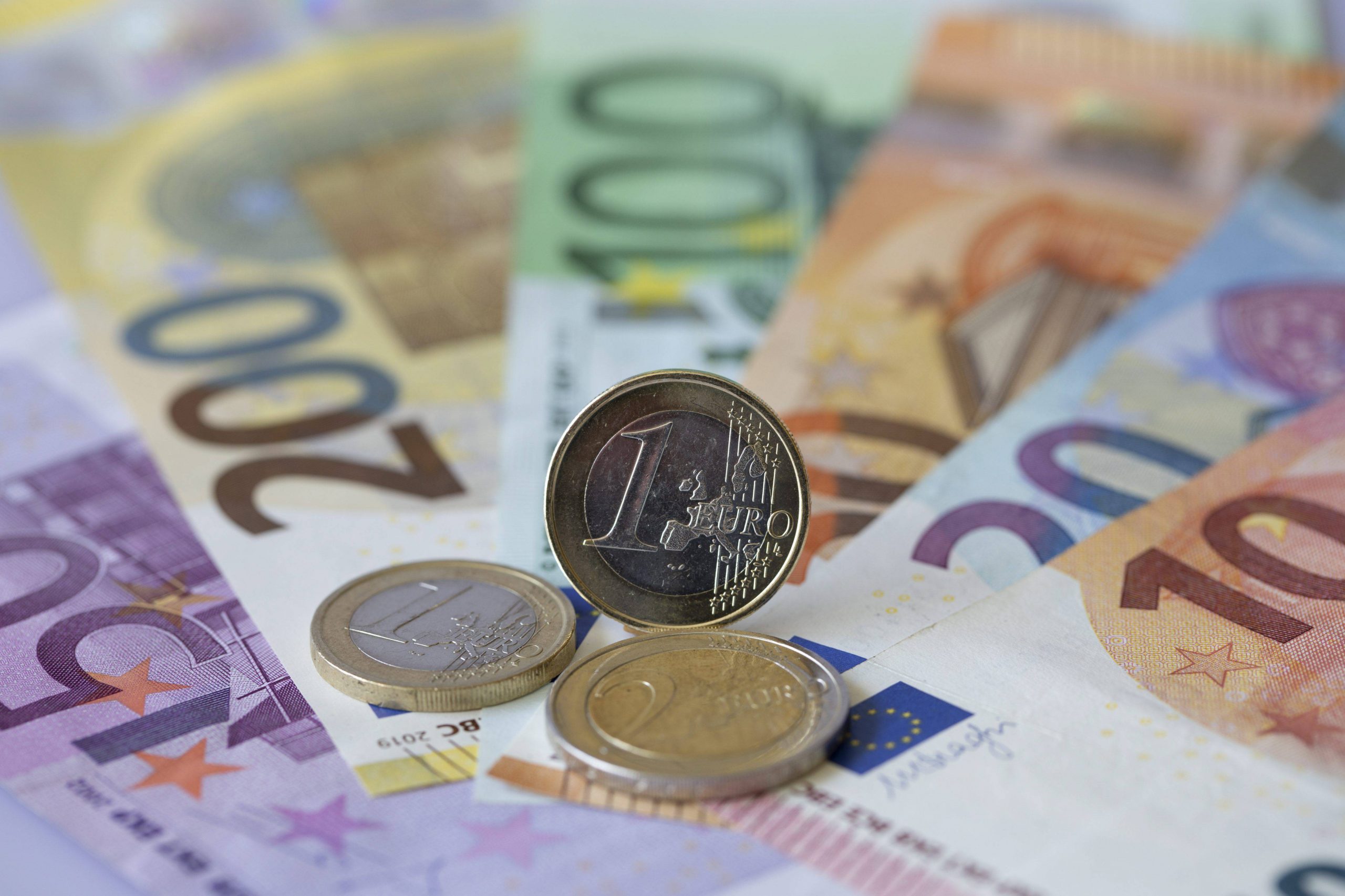SPAIN has cemented its position as Europe’s hottest hotel investment market as €3.3 billion poured into the sector during 2024, although down from 2023’s €4 billion.
Madrid and Barcelona remained key players, securing €589 million and €572 million respectively, but it’s the country’s secondary cities that are increasingly catching investors’ eyes, according to consultancy Christie & Co.
The Balearic Islands emerged as a particular powerhouse, attracting €679 million in investment, outperforming the second-place Canary Islands’ €598 million.
READ MORE: Is Airbnb in trouble in Spain? Tourist flat reservations plummet in Malaga following local backlash

This surge in island investment highlights the growing appetite for premium holiday destinations among international tourists and investors alike, with foreign investors accounting for 40% of all deals.
“We’re seeing a significant shift in focus,” explained Alberto Martin of Christie & Co.
“While Madrid and Barcelona continue to attract investment, secondary cities are becoming the new hotspots for investors looking for promising repositioning opportunities.”
The luxury sector dominated the market, with four and five-star properties accounting for 70% of all room transactions, reflecting a post-pandemic shift towards upmarket accommodations.
Several headline-grabbing deals marked 2024, including the €200 million acquisition of Madrid’s Miguel Angel Hotel by Stoneweg and Lopesan, while the prestigious Six Senses Ibiza changed hands in another major transaction.
Looking ahead to 2025, experts predict investment levels will remain robust, staying above the €3 billion mark.
Secondary cities and island destinations are expected to lead the charge, offering fresh opportunities for growth in Spain’s flourishing hospitality sector.
For potential investors and property watchers, the trend towards individual asset purchases, which made up 75% of all transactions, suggests a market increasingly accessible to family offices and private investors, rather than just large corporate players.









